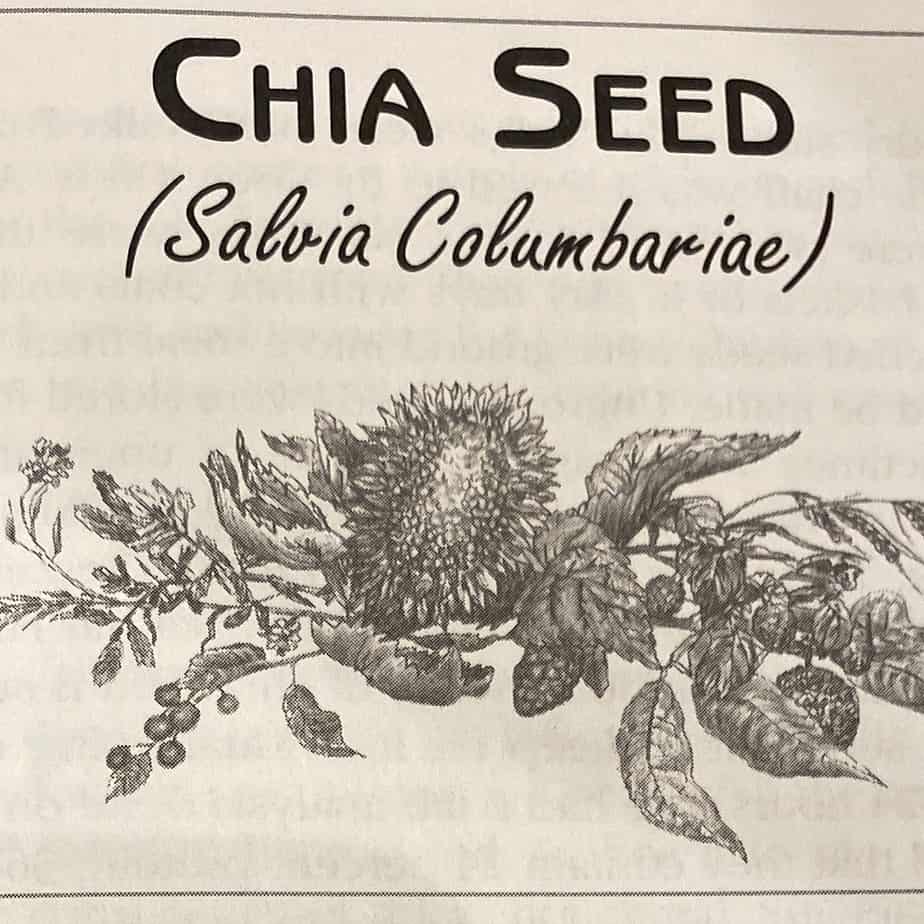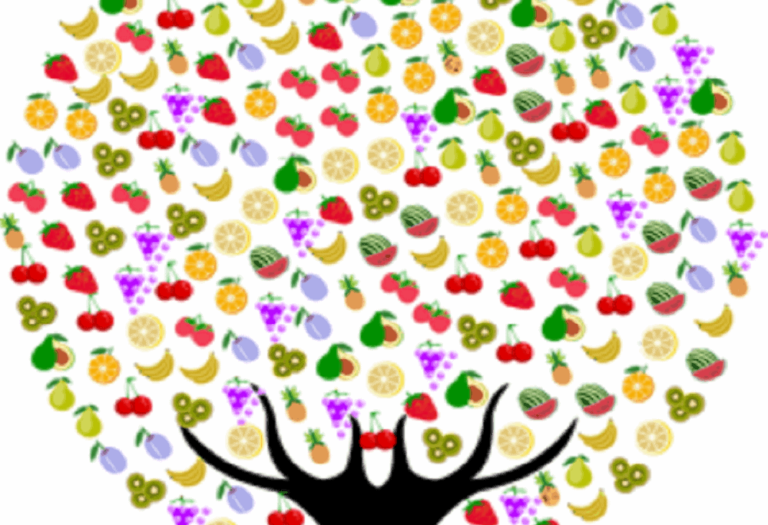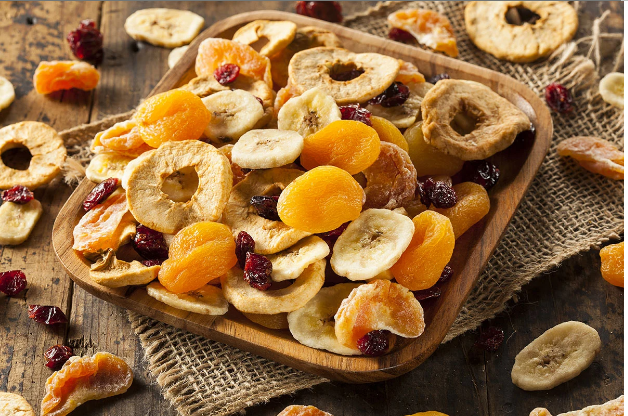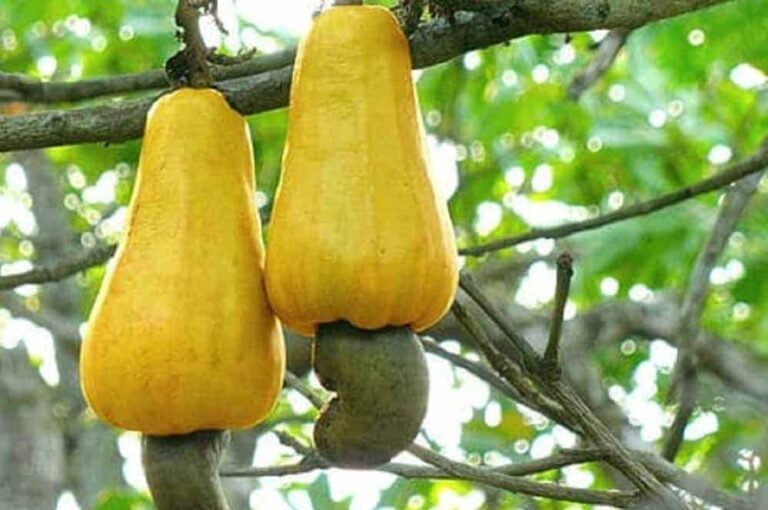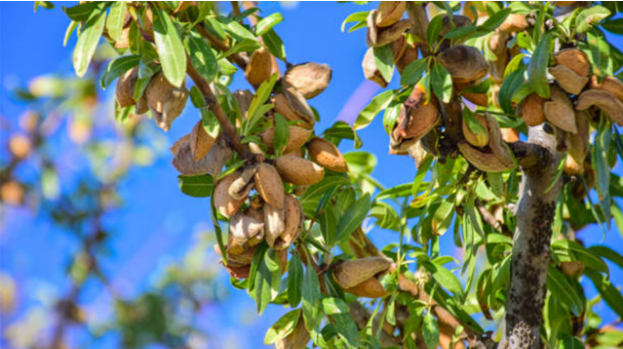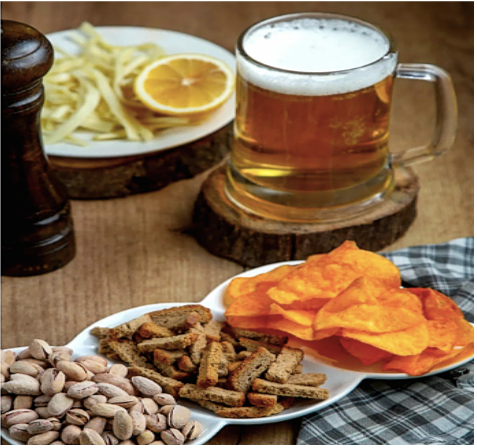Your cart is currently empty!
Health Benefits Of Chia Seed
Nutritional Content Of Chia Seeds (1 Ounce)
- Calories: 138 (578 kJ)
- Protein: 4.7 g
- Total fat: 8.7 g
- Saturated fat: 0.9 g
- Carbohydrates: 12 g
- Fiber: 9.8 g
The History Of The Chia Seed
The variety of chia seeds most often consumed and commercially grown is the seed of Salvia Hispanica. “Golden chia”, Salvia Columbariae, has a use in the same ways as Salvia Hispanica, but is not grown commercially.
A member of the mint family, the ancient Aztecs cultivated the chia plant, an important food crop. The chia plant is native to Mexico and Guatemala, where the seeds have a use to produce an oil that is rich in omega-3 fatty acid in the form of alpha-linolenic acid (ALA)-the word chian, from the Nahuatl language, which means “oily.”
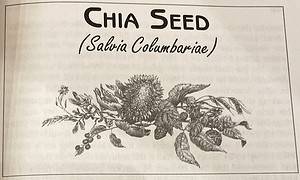
How Chia Seed Is Harvested And Processed
The chia is a distinctive annual springing up in the Southwest at the start of the late rains. It may also be found along roadsides below 4,000 feet. It is a rough sage with deeply incised, coarse, usually hairy, dark-green leaves that grow mostly close to the ground. Three or more whirls of small blue flowers will arrange in a circle, similar to those for mint plants, in separate densities above prickly, dark-red, leafy bracts. These eventually mature into seed-filled pods that remain like skeletons when the rest of the plant has withered, not giving the winds enough room to blow them free and leaving them for various Native American tribes to harvest for food and medicine.
Stalks were bent, and the seeds were beaten into a basket. In the early part of this century, several ethnologists reported on good authority that a woman could gather a couple of quarts of tiny seeds in less than two hours.
The Seeds Were Hulled In Several Ways:
- Rolling them in a metate and applying pressure with a mano.
- Placing them on a hard surface and walking on them.
- The use of flails in more recent times.
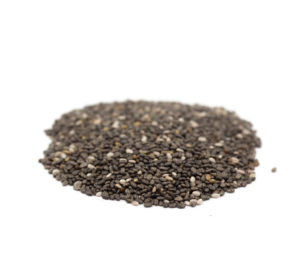
The Process Of Manufacturing Chia Meal
The parched seeds were ground into a meal from which cakes
or mush could be made. Unground seeds will store for future uses in oils. Sometimes a beverage of unground seeds would stick together by soaking them in water. Ethnobotanist Edward K. Balls reported in his little work, Early Uses of California Plants, that chia seed’s nutritional value is such that one teaspoon was sufficient to keep an individual on a hike for up to 24 hours. Specifically, lab analysis of these seeds made the discovery that they contain 24 percent protein, 36 percent oil, and 4.75 percent ash.
The Healthy Evidence
A 2012 review in the Journal Of Biomedicine And Biotechnology described numerous studies that have provided evidence for the health benefits of chia seed. Many of these benefits are related to the phytochemicals in chia seeds, which include several different phenols, as well as a high level of ALA. Several studies have pointed to the benefit of protection against heart disease, likely related to ALA.
Easy Remedy for Flatulence
Ever bothered by intestinal gas in the most unlikely public places, such as sitting in church in the front row some Sunday morning when the minister is halfway through his “hellfire and damnation” sermon? Or in the center section of an opera house during the second act of Verdi’s immortal Aida, when the pressing urge comes to “pass gas.” Retain it for a very long, and your abdomen will ache, but release it noisily and have a good part of the congregation or theater audience turn your way with disgusted looks on their faces.
Well, now there is something to take to save you from shame and embarrassment. It is sprouting chia seeds, grown in an easy and fun way. Go to any large department or discount store and ask a clerk where they keep those chia figurines you see advertised on television occasionally. They usually come as an animal (like sheep).
All that is required is to water them frequently, and within a few days, sprouts will start appearing. They can be clipped with scissors after reaching an inch or more. Merely chew a tablespoonful of them slowly and methodically, ensuring plenty of saliva. They mix together before you swallow the saliva, chlorophyll, and nutritional compounds in the ègut. Combining the enzymes from the seeds themselves produces an interaction that can prevent flatulence from occurring due to hastily consumed food or poor food combination. Sometimes a couple of tablespoons full may be necessary to get the job done. As long as the “chia pets” (as they are called) are constantly watered, they will keep on producing seeds. They are a delight and wonder for young children to behold as it cleverly teaches them the fascinating processes of life itself.
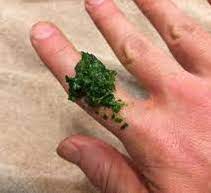
A Poultice for Infections
Some early Native American tribes that once inhabited parts of Southern California would make a mush out of some chia seeds to draw poultice on infections. Specific measurements
for seeds and water are unknown. This is because the amount in need for the intended areas is unique. Suffice it to say. Chia mush was made to the consistency of thick, hot cereal. Wrapping some of the seeds in a cloth or some other material is how the mush applies to the wound. Then applied to the infected area.
Tea For Minor Eye Problems
A tea made from the seeds was an effective wash for removing foreign matter irritating the eyes. Considered a natural cure for inflammation, strain, and conjunctivitis. One tablespoon of seeds can simmer in 1 1/2 cups boiling water for 15 minutes. Allowed to cool and then strain to make the tea for this purpose. A small eye cup should be of use when washing out each eye.
Dual-Purpose Formula For Constipation And Diarrhea
Chia seeds are a versatile and nutritious food that can benefit both constipation and diarrhea. This is due to their high fiber content and ability to absorb water.
Regarding constipation, chia seeds can help add bulk to the stool and promote regular bowel movements. The soluble fiber in chia seeds absorbs water and forms a gel-like substance in the digestive tract, softening the stool and making it easier to pass.
To use chia seeds for constipation relief, you can try the following:
- Chia Seed Water: Mix 1 tablespoon of chia seeds in a glass of water and let it sit for about 30 minutes until it forms a gel. Drink this mixture once or twice a day to help relieve constipation.
- Chia Seed Pudding: Combine 2 tablespoons of chia seeds with 1/2 cup of liquid (such as almond milk or coconut milk) and let it sit in the refrigerator overnight. In the morning, you’ll have a gel-like pudding to enjoy as a fiber-rich breakfast of chia seed or as a snack.
Regarding diarrhea, chia seeds can help by absorbing excess water in the digestive tract and adding bulk to the stool. The soluble fiber is a health benefit of chia seed by regulating bowel movements. Here’s a suggestion for using chia seeds for diarrhea:
- Chia Seed Banana Smoothie: Blend 1 ripe banana, 1 tablespoon of chia seeds. Then 1 cup of yogurt or a dairy-free alternative. You can also add a little honey or maple syrup for sweetness. Drink this smoothie once or twice daily to help firm the stool.
Remember to drink plenty of water when consuming chia seeds. They absorb water and can lead to dehydration if not properly hydrated. It’s also important to consult a healthcare professional if you have persistent constipation or diarrhea. They can help identify and address the underlying causes.
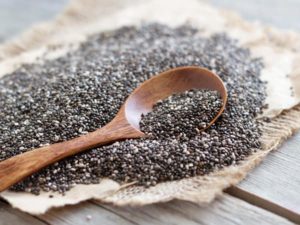
How Much Water Can A Chia Seed Hold?
Chia seeds may be used in the same ways as most other seeds. They make a healthy addition to smoothies, yogurt, salads, and cereals. They are also excellent at absorbing liquid, up to nine times their weight. Subsequently, they will add bulk and fiber to recipes without adding more calories. When soaked in liquid, chia seeds will also add texture to recipes.

